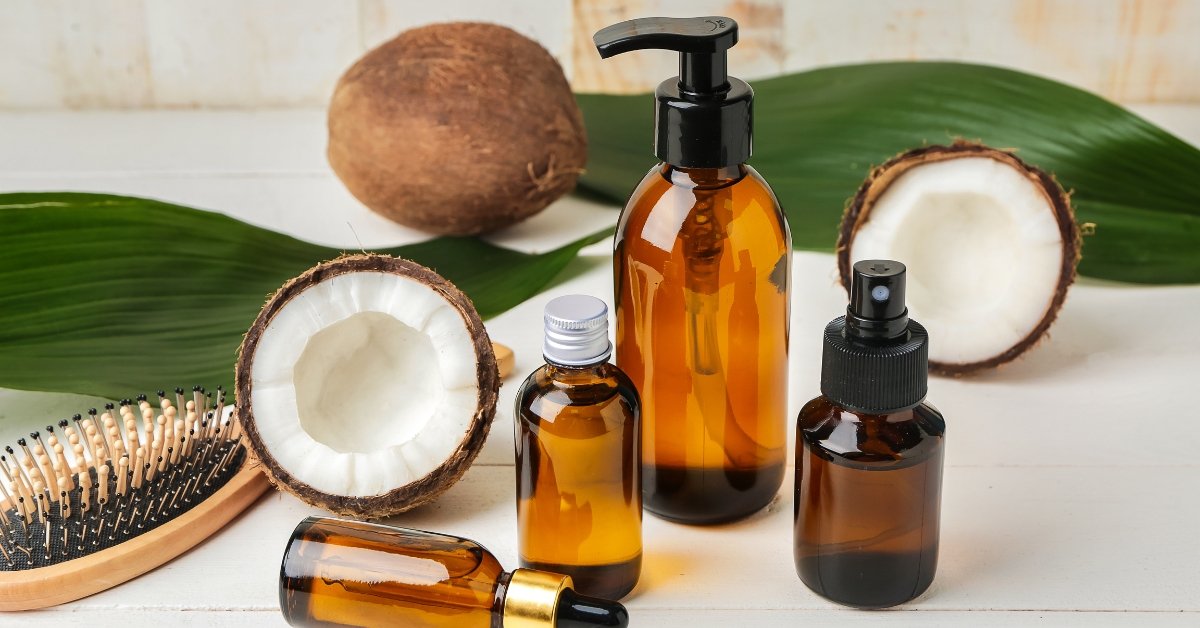Find the top 10 products you can export from the Philippines to grow your business and reach customers worldwide.
Table of Contents
Introduction
Did you know that the Philippines is not just a country of breathtaking landscapes and rich culture but also a burgeoning hub for global trade?
This archipelago, nestled in the heart of Southeast Asia, is on the brink of transforming its economic landscape through the power of exports.
Exporting products from the Philippines to the world is an opportunity and a gateway to economic prosperity and global market integration.
This blog post will explore the promising products the Philippines can offer to the world, underscoring the country’s potential to be a leading exporter.
Also Read: Top 5 Vegetables to Export from India to the U.S.
Why Export from the Philippines?
- Economic Benefits: Exporting significantly drives the Philippines’ economic growth. It boosts the country’s GDP and creates millions of jobs, fostering an environment of innovation and entrepreneurship. By expanding into international markets, Philippine businesses can achieve sustainable growth, diversify their revenue streams, and enhance their resilience against domestic economic fluctuations.
- Unique Offerings: The Philippines is renowned for its high-quality products, ranging from agricultural goods to handmade crafts and cutting-edge technology. These products often carry a unique cultural significance and are produced with craftsmanship and dedication that sets them apart on the global stage.
10 Top Products to Export from the Philippines
Electronics and Semiconductors

The cornerstone of the Philippine export sector, these products are in high demand worldwide. With a competitive edge in quality and innovation, the Philippines is vital in the global electronics supply chain.
Coconut Oil and Other Coconut Products

Known as the “Tree of Life,” the coconut palm provides a range of products with significant global demand, including virgin coconut oil, coconut water, and desiccated coconut.
The Philippines’ tropical climate offers an unparalleled advantage in producing these high-demand goods.
Mangoes and Other Tropical Fruits

The Philippine mango, known for its sweetness and quality, has a strong export potential, along with bananas, pineapples, and durian.
These fruits are sought after for their exotic flavours and nutritional benefits.
Handicrafts

Filipino craftsmanship in furniture, jewellery, and fashion accessories is world-class, blending traditional techniques with contemporary designs.
These products have a niche market that appreciates their cultural heritage and artisanal value.
Nickel Ore

The Philippines is one of the world’s largest nickel ore producers, a critical component in stainless steel and batteries.
With the surge in demand for electric vehicles and renewable energy technologies, the export of nickel ore offers a lucrative opportunity for the country.
Apparel and Garments

The Philippines has a long history of garment manufacturing, offering high-quality apparel, from basic wear to high-end fashion.
The country’s skilled labour force and competitive production costs make it an attractive sourcing destination for international brands.
Information Technology (IT) and Business Process Outsourcing (BPO) Services

While not a physical product, the export of services plays a significant role in the Philippine economy.
The country is a global leader in the IT-BPO sector, offering a wide range of services from customer support to software development.
Automotive Parts

The Philippines is carving a niche in the automotive supply chain, producing and exporting various automotive parts, including wiring harnesses, brake assemblies, and transmission components.
Its strategic location and growing expertise make it an emerging player in this competitive industry.
Furniture and Home Decor

Filipino craftsmanship shines in the furniture and home decor industry, using indigenous materials and creative designs.
These products cater to a global market looking for unique, sustainable, and handcrafted home items.
Seaweeds and Aquaculture Products

The Philippines is one of the top producers of seaweeds, which are used in food, cosmetics, and pharmaceutical industries worldwide.
Additionally, its aquaculture sector offers high-quality seafood products, including shrimp, milkfish, and tilapia, catering to the growing global demand for sustainable and responsibly sourced seafood.
Challenges in Exporting
While the opportunities are vast, exporting is challenging. Regulatory hurdles, such as compliance with international standards and trade agreements, can be daunting.
Logistical considerations, including transportation and storage, also pose significant challenges.
However, these obstacles can be overcome with thorough planning and strategic partnerships.
How to Start Exporting
Starting an export business involves several key steps:
- Conduct thorough market research to identify potential markets and demand.
- Ensure compliance with both Philippine and destination country regulations.
- Build a robust logistics and supply chain strategy to transport goods efficiently.
- Leverage resources and support from government agencies and trade organizations.
Conclusion
The journey from local production to global market presence is an ambitious yet achievable goal for Philippine businesses.
By harnessing the unique offerings of the Philippines and navigating the challenges of international trade, exporters can unlock new opportunities and contribute to the nation’s economic prosperity.
We encourage entrepreneurs and businesses to explore these opportunities, conduct further research, and seek guidance from trade experts.
At THOUSIF EXIM, we are experts in taking your business global. We navigate international markets to help you expand effortlessly. Ready to break boundaries and boost your business? Contact us today, and let us conquer the world together!




